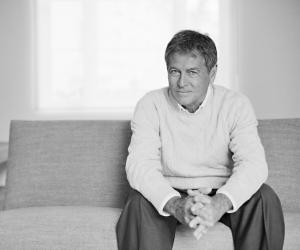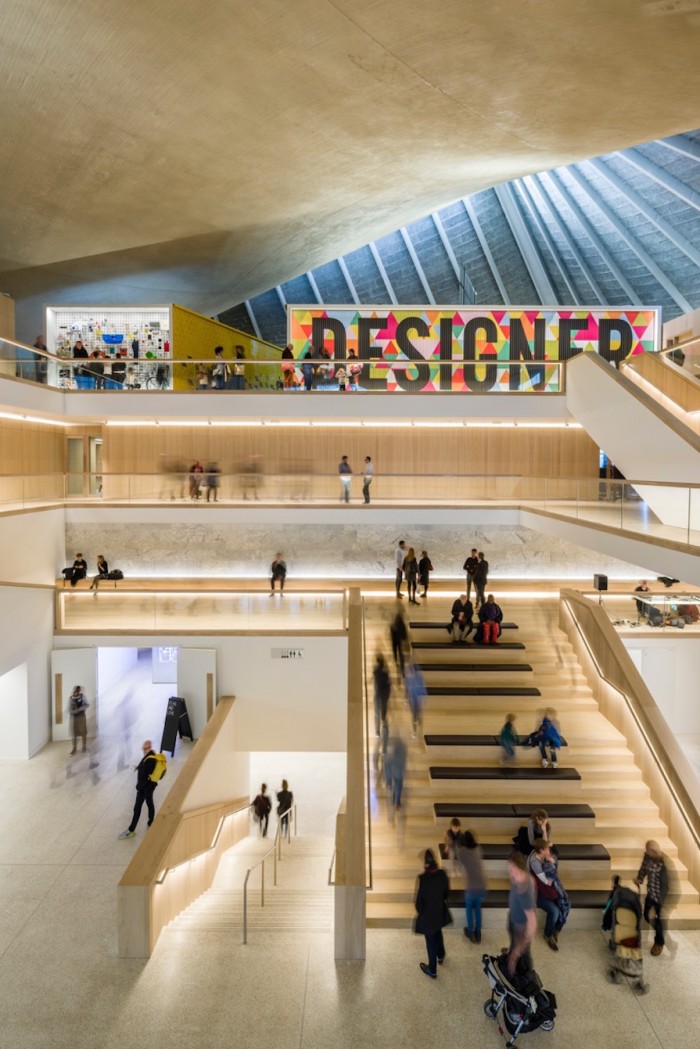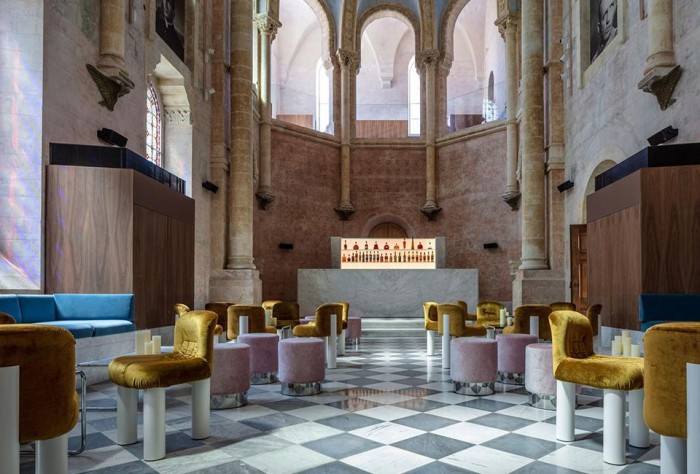With a career spanning over 30 years, London-based John Pawson has made a name for himself in the architecture and interior design sectors. With a number of global projects under his belt, Pawson looks at transforming historical architecture into modern useful spaces.
Although he never completed his architectural training and is not officially recognised as an architect in the UK, he has still gone onto receive several awards and accolades throughout his career. This included the 2005 Blueprint Architect of the Year award.
Some of his most notable projects undertaken by his London-based design practice are London’s Design Museum, the Museum of Southeast Asian art and furniture in Berlin and the Jaffa Hotel.
His most high profile project is the work he did with London’s Design Museum, which saw Pawson focus specifically on the interior. The building itself holds historical importance as it was once the British Commonwealth institute.
According to Pawson, this project is a perfect example of reclaiming a post-war British Modernist building as a cultural space for the wider public. “The wish [is] to preserve and enhance the original structure inherent architectural qualities, while also accommodating the full needs of a contemporary museum,” he adds.
The museum was completed in 2016 with the help of Dutch architecture practice, OMA, and the London firm, Allies and Morrison. In this Pawson also had the opportunity to create a stand-alone shop that was showcased within the museum.
Another project saw Pawson and his team convert a World War 2 telecommunications bunker into the museum of Southeast Asian art and furniture in Berlin.
Called the Feuerle Collection, the museum site was acquired by art historian and connoisseur, Désiré Feuerlé in 2016 to showcase his private collection of Chinese Imperial furniture.
The museum showcased Pawson’s minimalistic style. With the walls coloured in neutral tones and the big rooms seamlessly empty, every now and then you would see some monumental concrete structures.
“Rather than grand gestures, the focus of the effort has fallen on the subtle calibration of key thresholds, on the spatial narrative through the galleries, on the quality of the light and on specific, quietly charged sensory encounters,” explains Pawson.
Pawson and his team also looked at the museum as a conversation starter on different periods of Asian history and culture.
With his work on the Jaffa Hotel located in Tel Aviv, Israel, Pawson transformed a former monastery and hospital into a new, modern hotel. The interior of the hotel combined various architectural styles focusing on both Arabic and neo-Roman themes.
This project, like much of Pawson's previous work, looks at preserving historical importance and combining that with contemporary modern silhouettes. The hotel was completed in 2018 and saw him work alongside Israeli architect and conversationalist, Ramy Gil.
Recently Pawson released a photography booked called "Spectrum". The book looks at images from his early 20s to the present day. It focuses on colour and how it can be arranged in order to juxtapose his often monochromatic style.
Pawson will be speaking at the 2019 Design Indaba Conference alongside various industry heavyweights. The conference will take place in Cape Town from 27 March to 1 February and will feature talks surrounding business, technology and creativity.
Book your tickets now!
More Design Indaba 2019 speakers:
Playful sonic sculptures that reverberate across the design world
Lucas De Man uses art to help bring more social cohesion to our cities
Demystifying design with the critically acclaimed Alice Rawsthorn










